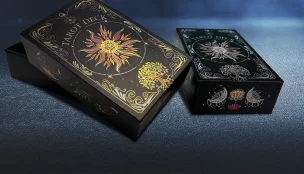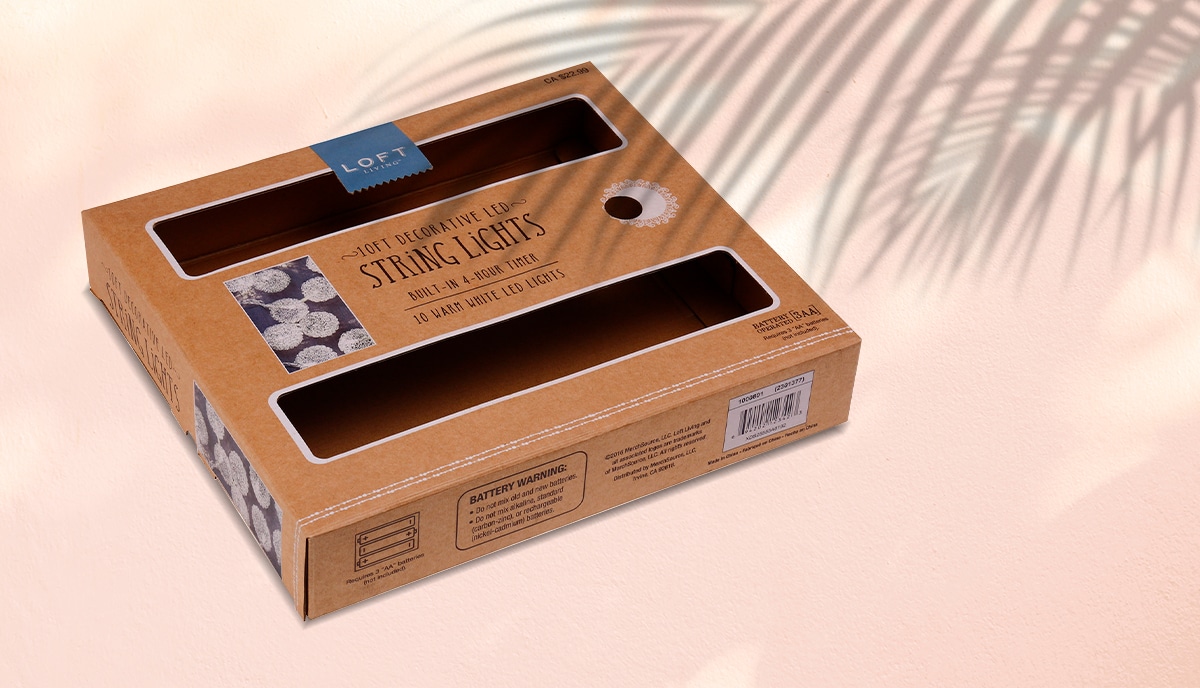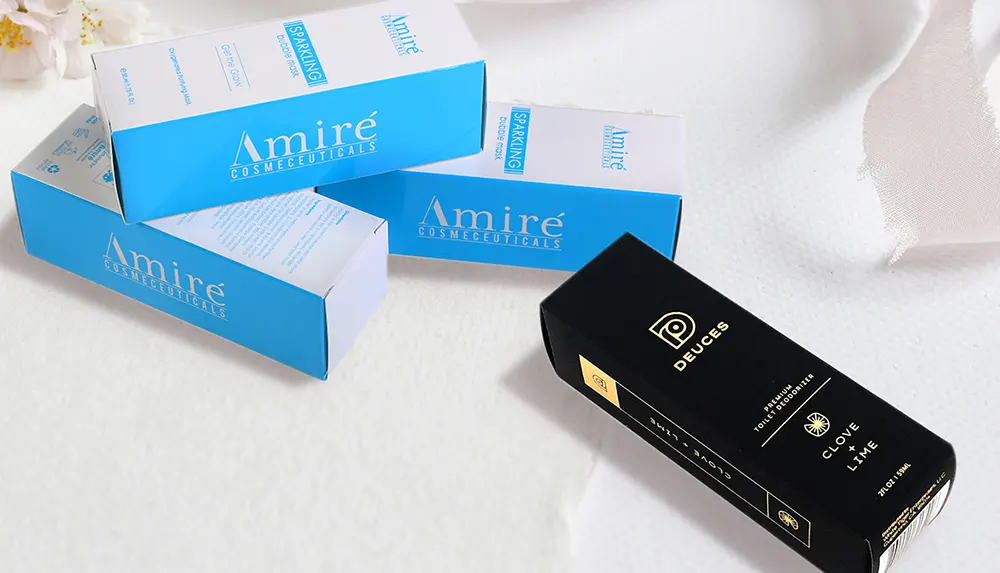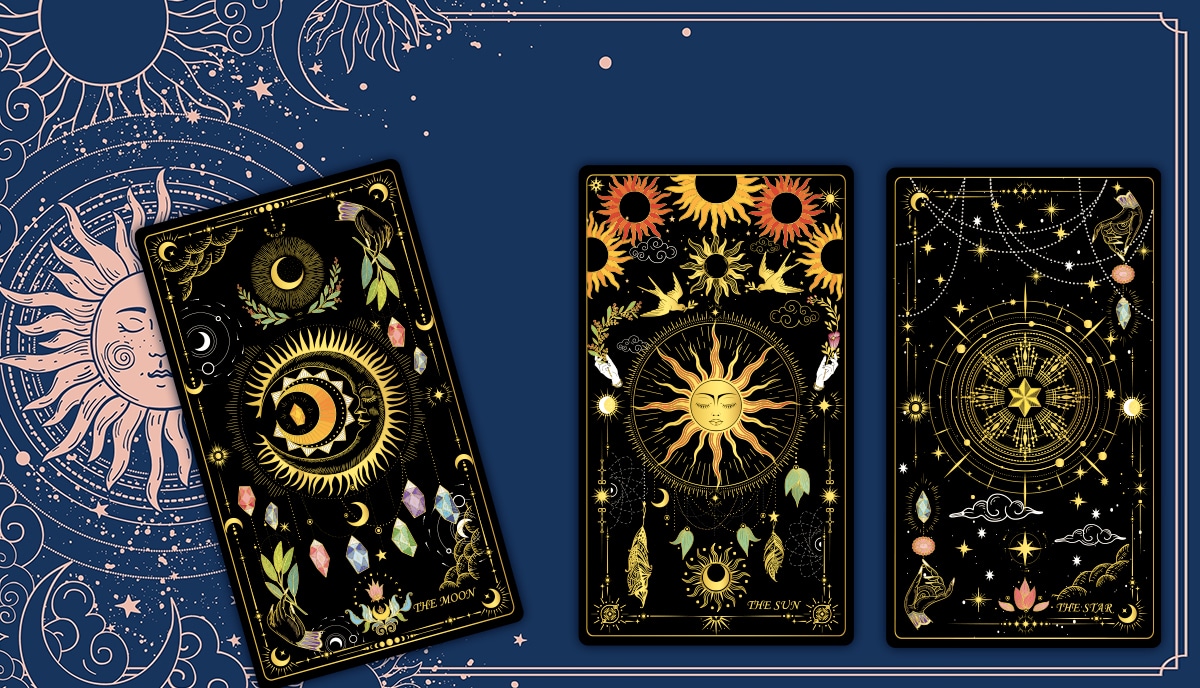Choosing the right printing method for your product packaging is an important decision. Drawing on over 25 years in the packaging printing industry, we outline the facts about the seven most common printing techniques for packaging and how to choose the best one for your needs
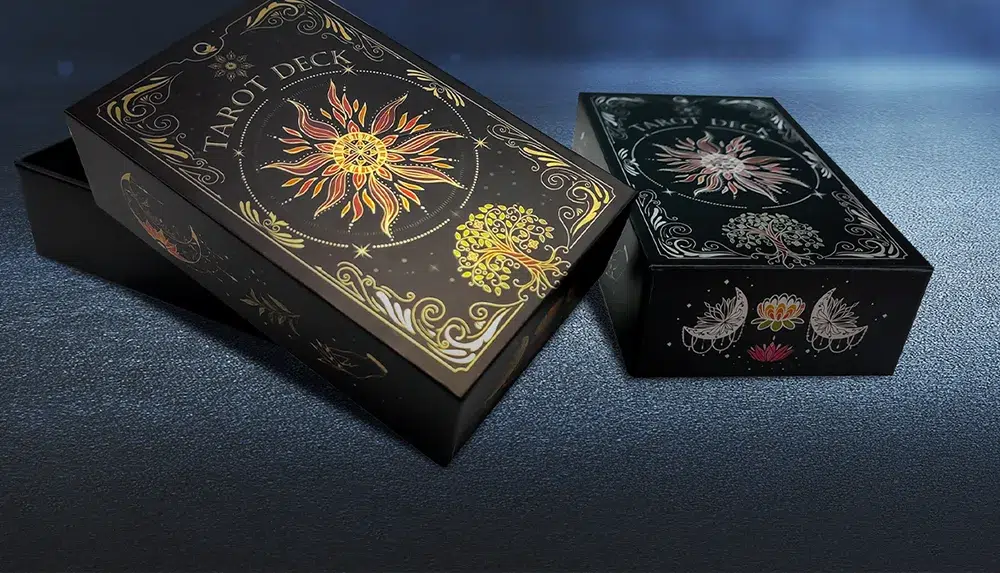
In the world of product packaging, choosing the right printing method is crucial to create eye-catching designs that stand out from the competition while being fit for purpose and protecting the goods they contain. The structural aspect of packing design is essential to get right to make sure the box or packet is both economical to produce, suited to the contents, and robust enough to go through storage, handling, shipping, and display while still looking good.
Your artistic packaging design plays a pivotal role in enhancing the customer experience, boosting branding efforts, adding value to products, and ultimately increasing sales. With a wide range of printing techniques available, each with its own advantages and disadvantages, it's important to understand the different options to make an informed decision. So, what are the best printing methods for product packaging? If you're not sure what option to choose, in this post we'll explore the pros and cons of the top printing methods for product packaging to help you make the best decision for your needs.
1. Offset lithography printing
Offset printing, also known as lithography, is a widely used printing method for various marketing materials and packaging, including folding cartons, rigid boxes, display boxes, retail packaging, labels, and more. It involves state-of-the-art machinery equipped with custom-made printing plates and rollers to transfer ink onto the printing surface. Offset printing is what we do here at QinPrinting. In our almost 30 years in the industry, we have found that offset lithography is the preferred method due to its ability to produce high-quality prints on various surfaces like paper, cardboard, and corrugated materials. Our precise method allows for the use of specialty coatings to create high gloss, matte, or soft-touch finishes, along with techniques such as embossing, debossing, foil stamping, and UV spot coating, to give your packaging a premium look. Our offset presses also use CMYK and Pantone color spaces, so that offset printing also produces smooth color gradients without noticeable banding and in the widest range of color variants possible; that includes custom colors to match your brand identity.
However, offset printing isn't always the cheapest option. Much depends on the type of packaging you need, in what quantity, and your expected return on investment. With offset printing, there's a higher cost investment because everything is customized to the customer's specific needs and all the plates are individually tooled, set, and inked. That said, the quality-to-cost ratio is the best in the business. You could pay a little less for other types of printing solution, but you'll never get better quality. And you may not find offset workable for short-run or low-volume projects, as it is more cost-effective for larger quantities. At volume, however, you can make huge savings on each unit. Lead times for offset lithography printing can also be longer compared to other printing methods because of the precision engineering and high-quality detail that goes into each product.
2. Ultraviolet (UV) printing
UV (ultraviolet) printing is an ideal choice if the paper you've chosen to wrap the base material is of a dark color or a unique variety like gold or silver. Ultraviolet radiation exposure speeds up the rate of drying and strengthens the coating that we use to prevent damage from scuffs, scratches, and spills. This method, like offset printing, is compatible with either of the CMYK and Pantone color spaces. Whereas white paper is required for precise rendition of colors when using offset presses, UV printing allows for the use of colored paper in a variety of textures.
3. Flexography printing
Flexography, also known as flexo or flexographic printing, is commonly used for flexible packaging materials such as candy wrappers, bags, pouches, labels, and certain kinds of folding cartons for retail and the food industry. Technically, it's quite similar to offset printing as it uses a light-sensitive polymer plate with a relief image mounted on a roller to transfer ink onto the printing surface. Flexography offers lower costs per unit compared to lithography printing and has faster turnaround times. It can use both water-based and oil-based inks, providing several options for printing on different materials, including flexible plastics, rubber, cellophane, and so on.
However, flexography printing has much lower print quality compared to offset printing. It's not really suitable for reproducing photo-quality images, and color gradients can sometimes result in visible banding. Registration with four-color processes can also be more challenging and, as a result, it's not considered the best option for high-quality, branded, rigid packaging solutions or for premium, luxury, and upmarket goods.
4. Digital printing
Digital printing has gained popularity in recent years, especially for small-scale print jobs and various short-run packaging applications. It involves transferring the image directly from a digital device onto the printing surface with no printing plates. Digital printing offers quick turnaround times, as there are no tooling or setup costs required. It provides reasonable quality prints in several applications—here at QinPrinting; we use it to produce our more economical samples and prototypes, for example—although it's not comparable to offset printing, making it more suitable for labels, throwaway cartons, takeout food cartons, and other less durable packaging.
However, digital printing is never cost-effective for large quantities, because—unlike offset, where the price per unit goes down dramatically the more you print in a run—digital prints always cost the same no matter how many you get done. Matching PMS (Pantone color matching system) colors can be challenging, and the use of metallic inks is limited. Per unit costs for digital printing are also higher compared to either offset lithography or flexography printing. So, it can be quick but it's not very flexible, gets expensive for a bigger job, and has limited color reproduction capabilities.
5. Rotogravure printing
Rotogravure printing, also known as gravure printing, is commonly used for printing gift wrapping paper, wallpaper, and certain kinds of food packaging. It may also be used for printing magazines. This method involves using an engraved cylinder to transfer ink onto the printing surface. Rotogravure printing offers premium print quality with calibrated colors and the ability to produce long-lasting results. It can easily incorporate PMS colors and is suitable for high-volume printing, too.
However, on the downside, rotogravure printing requires high initial investment costs because of the complexity of the tooling process to create a detail engraving on the cylinder. It is more cost-effective for high print volumes, certainly—think a minimum order quantity of something 5,000 sheets—but lead times and turnaround can be the longest in the industry compared to other printing methods. It's rarely considered as a suitable printing technique for structurally rigid packaging solutions such as presentation boxes, rigid magnetic boxes, display boxes, and the larger, more complex retail boxes.
6. Silkscreen printing
Silkscreen printing, also known just as screen printing, is a versatile printing method which can be used for labels, folding cartons, promotional items, and custom packaging of various kinds. It involves using a mesh screen to transfer ink onto the printing surface, with a stencil guiding the ink placement. Silkscreen printing can be used on various materials beyond paper and cardboard.
However, silkscreen printing requires separate applications for each color, which can be time-consuming for complex designs. Creating new screens and mesh designs for each project adds to the setup costs.
7. Hot metallic foil printing
Whether you're using white or colorful paper for the packaging design, foil stamping is a beautiful and unique printing option to explore. It is typically done as a secondary effect after the primary printing has been completed using any of the aforementioned methods. Foil stamping involves applying an extra layer of colored metal foil to a substrate by using pressure and high temperatures. The foil can be any color, but is most commonly gold, silver, bronze, or copper. Brand names, logos, and decorative motifs are often foil-stamped for emphasis.
Since a unique “die” mold and an additional process are required for foil stamping, the cost is slightly higher than for standard offset printing. However, it's a gorgeous effect which turns a basic package into something exceptional and luxurious at only a little added cost.
Choosing the right printing method
When selecting the most suitable printing method for your product packaging, you must consider several factors:
- Budget: evaluate the costs associated with each printing method, including tooling, setup, and ongoing production expenses and measure them against your available funds and your expected returns.
- Quantity: Calculate the volume of packaging you'll need, as some printing methods are more cost-effective for higher volumes. Often, thinking in terms of cost per unit is a more effective metric of your return on investment than straightforward “bottom line” calculations. Think in terms of a cost/benefit analysis.
- Printing surface: Consider the type of material and surface characteristics to make sure that your structural design is compatible with your chosen printing method. We offer a complete structural design support surface integrated into all our packaging offers, so if you're not sure, just pick up the phone, shoot us an email, or call us up on Skype. We'll be happy to offer you our best, unbiased advice.
- Print quality: Assess your desired level of print quality, including color accuracy, gradients, and special finishes. There's no point spending for art-level reproduction on a candy wrapper. Likewise, if you cut too many corners, your intended luxury product packaging may perform less well than you'd hoped.
- Turnaround time: We're all working to deadlines, and often they're tight. So figure out the required production timeline and consider the printing method's speed and lead times. Our best advice is to always add a little extra just to be on the safe side.
- Design complexity: The complexity of the structural design, the artwork, and the number of colors required, not to mention special finishes, are vitally important to plan in advance, as some printing methods may be more suitable for intricate designs.
- Special requirements: Identify any specific requirements, such as the need for metallic inks, specialty coatings, or the ability to print on non-flat surfaces. These things may not seem like much, but they all influence not only how much it will cost to create your ideal packaging but which printing method—or combination of printing methods—will best meet all your needs.
Selecting the right printing method for your product packaging is crucial to create visually appealing designs that effectively represent your brand and attract customers. Offset printing offers high-quality results and versatility, while flexography provides cost-effective options for flexible packaging. Digital printing offers quick turnaround times and flexibility for small-scale projects, while rotogravure printing delivers premium print quality for high-volume production with certain products. Silkscreen printing offers versatility and the ability to print bold designs on packaging surfaces. By considering factors such as budget, quantity, printing surface, print quality, turnaround time, design complexity, and special requirements, you can make an informed decision that meets your packaging needs and enhances the overall presentation of your products.
QinPrinting excels in every facet of box printing and production. We've been at the top of our game for more than 25 years. With us, you're in good hands, and we'll be here to help whenever you need it. The four main printing processes we most typically utilize to generate our high-quality customized boxes are described in more detail here. We also go over the specifics of when and where to use each method so you can make an informed decision for your own work. Being involved with a wide variety of customers and packaging jobs around the world has proven to us that these four print techniques meet the needs of virtually every packaging style. Talk to us today, and let's get to work to develop your perfect packaging solution.





